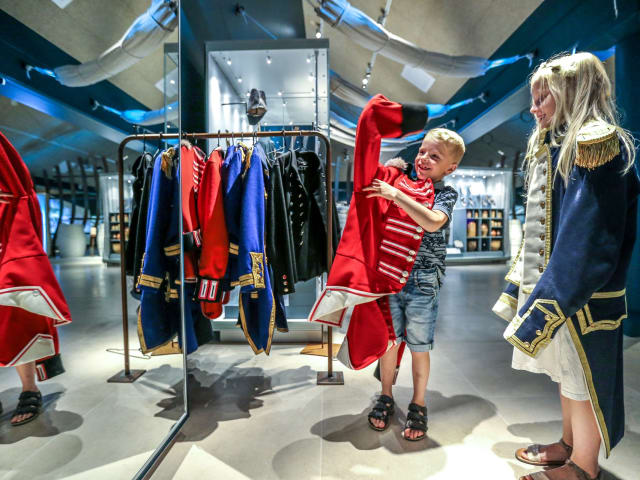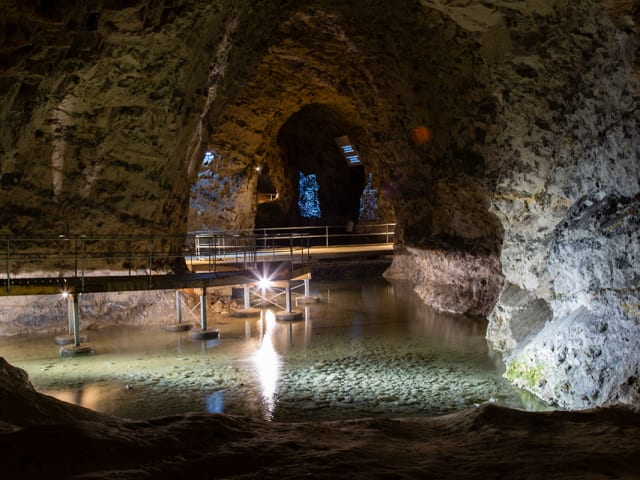
A tour filled with good stories
I must admit that before that article was written I had never visited the Danish Aviation Museum. That's why I got a tour of Peder Morre. He is the leader of the tours on site and is one of the many volunteers who help run the Danish Aviation Museum. All work around the restoration and preservation of the aircraft as well as the display of the aircraft and the dissemination of the historical knowledge is carried out by a large group of volunteers. A tour takes you from Ellehammer, which in 1906 was the first in Europe to take fly with an aircraft heavier than the air, to an F16 jet still in use today. Peder Morre knows a sea of stories about the different planes, which makes the tour incredibly exciting. The tour of course also goes past the museum's treasure, which Peder Morre calls the plane KZ IV (OY-DIZ), which on May 4, 1944 had its first flight as an ambulance plane and the fact that the museum's plane is the only one left in flying condition makes something very special. All 11 aircrafts produced under the name KZ (Kramme and Zeuthen) are found at the Danish Aviation Museum and the majority can still fly.



